
Mexico City is flourishing with a diverse craft cocktail scene.
From upscale districts, to artsy urban cores, to a historical city center and outskirts filled with animation, each area has its own charm. Our Chilled 100 ambassador Chris Allison recently visited CDMX and drank his way through the city, hopping from old-school pulquerias to world-renowned cocktail bars and beyond. Here, Chris highlights all the best way to experience Mexico City nightlife.

Chris Allison – Chilled 100 Member, Jacksonville/St. Augustine
We arrived in Mexico City on a Saturday afternoon to a hotel situated in the middle of Mexico’s Centro Historico, an area filled with ancient buildings and Aztec ruins. We chose open-aired restaurant Azul for dinner that was covered with treetops glistening from the glow of the hundreds of candles that hung from the branches. This restaurant is where we got our first taste of genuine local mezcal, the smoky agave spirit celebrated throughout Mexico. Not only did this restaurant hold an extensive list of mezcals known only to the country, they served it in a jicara shell (a hollowed shell from the fruit of a calabash tree), accompanied with pineapples covered in Tajin. This garnish and rimmer we soon learned was a staple to the country.

Azul
From there, we left to find a placed named Zinco Jazz Club, a tribute to the bustling jazz lounges of the past. Burrowed in the bottom of an old bank, you enter through what was once their vault. The steep cover charge of 250 pesos per person (only 13 USD!) gained us all-night access to the club, which was highlighting a local favorite six-piece jazz band. Everything was decked out in red with round cocktail tables surrounding a center stage and lighting remnant of an old cabaret—it was the kind of place you could linger at all night.

Zinco Jazz Club
I especially enjoyed their mezcalini de tamarindo that consisted of mezcal, tamarindo, jugo de naranja y controy (orange juice mixed with a local orange liqueur), and orange bitters with a Tajin rim. Additionally their pour list held a wide range of options for tequila, mezcal, vodka, rum and cordials. The best part was that these all rung in for what was only about $6. Filled with more locals than tourists, Zinco is a must see in Mexico City for an immersive experience.

Hanky Panky Cocktail
The next place worth highlighting is a true hidden speakeasy called Hanky Panky, a place we were fortunate enough to gain reservations to on Sunday night—without them, there is no way to gain access to this well-hidden gem. Located in “Somewhere in Mexico City,” this speakeasy can be found hidden in the back of a neighborhood taqueria.

Hanky Panky Cocktail
Rest assured that GPS does help, so be sure to enter the exact address, not the name of the bar, into your Uber or else you’ll be dropped off approximately one mile away in the middle of nowhere (a lesson we learned the hard way). When you do find the location, don’t expect the intimidating men and women at the counter to offer any help. Simply inform them of the name on your reservation and watch as they convey your arrival over a radio. If confirmed, you will be lead though the small kitchen in the back to a wall, where after a knock, a hidden door will swing open. From there, we were then led into an intimate art deco craft cocktail lounge.
The bartenders were phenomenal showman, with each cocktail constructed as if it was a work of art. Our personal favorite was a frozen matcha cocktail that had an earthy flavor, created and served in a clear plastic bag that was sealed with a string. Come on a Sunday and you may run into other industry locals, who are more than happy to chat you up about the best of the city. Hanky Panky was the kind of place we could have drank at until sunrise. But don’t be too sad to leave because that may be a highlight of the night! In order to exit the bar, you literally walk through a fully functioning soda refrigerator.

La Gruta Cocktail
On our second to last day, we decided to venture outside the city. For a mere 200 pesos round trip, we took a bus to the Teotihuacan pyramids. After exploring the massive archeological site, we went on the hunt for a restaurant named La Gruta, located less than a mile from the pyramids nestled at the bottom of a cave. You won’t find this extraordinary restaurant well advertised, making it all the more exclusive. Not only was the food prepared fresh and tied into the Aztec culture of the city, but the cocktails did not disappoint. For my first drink, I decided to go with their seasonal house specialty. Basically, this Margarita-style cocktail used fresh prickly pear, Ancho Reyes, local tequila and its main ingredient, grasshoppers!

La Gruta Cave
On the last day of our trip, we took a 40 minute ride to Mexico City’s southern neighborhood Xochimilco. Steeped in tradition, the draw of the area’s markets and canals lined with floating gardens are well worth visiting. There you can float down the canals aboard painted wooden boats called trajineras—a favorite pastime among tourist and locals alike.

Xochimilco Canal View
Arrive at one of the Embarcados (translated as “the docks”) and negotiate a fare with a captain who can take you down the canals. Enjoy a relaxing two-hour (or longer) ride, where you will come across floating gardens and small eateries along the canals. Don’t forget to bring cash with you for the voyage, for you will find mariachi bands and vendors selling everything from textiles and food. I recommend looking out for vendors selling a traditional alcohol beverage called pulque.

Xochimilco Band Playing
For our final night in Mexico, we set out for another glass of pulque at an old-style pulqueria. After a little research, we went to La Hermosa Hortensia, located in what’s known as mariachi plaza. The pulqueria serves a sweet, and tangy beverage made from the sap of the maguey plant in flavors like mango, pineapple, strawberry and seasonal varieties. Some say it takes an
acquired taste to enjoy, although I found it very approachable and easy to drink. Enjoying our pulque from the outside patio give us the opportunity to admire the many mariachis walking the plaza and performing for the crowds. At the end of the plaza lies the Museum of Tequila and Mezcal. It showcases more than a thousand bottles of tequila and mezcal, along with an exhibit on the history of agave and the Jimador lifestyle. The small museum also houses a retail store where you can purchase many of the bottles on display. At night, they feature a bustling cantina that is clearly the hotspot of the plaza.

Xaman Cocktail
After wrapping up at the plaza, we set out to the last spot on our must-see list. Located in the Reforma district is another hidden speakeasy called Xaman. After circling the block three times and noticing our driver was clearly becoming frustrated, we opted to continue on foot after the conclusion that this gem was more difficult to find than we first expected. After walking up and down the street using GPS as guidance, we were still unable to locate the bar. That’s when we invoked the help of the locals. Luckily, a concierge outside a Hilton Hotel was happy to assist, and informed us that it was “down the street and at the bottom of the stairs.” Determined, we set out down the street (again), and finally came across a set of stairs. At the bottom of the stairs were two large doors with warnings signs and a security camera, all advising not to enter.
A bit nervous, I decided to open the door and enter knowing this had to be the place! We were incredibly relieved to find it was indeed our destination. The music playing was an ancient tribal-style playlist, and bar staff periodically walked around and smudged the rooms with smoke made from a variety of herbs. The space filled up quickly throughout the evening and the crowd was trendy. There we encountered more English speaking travelers than anywhere else on our trip. To quote the bartender, “this place is more popular in New York and Europe than it is in Mexico.”
The cocktails at Xaman were on point, and the bar staff never missed a beat as three bartenders serviced the entire space. With so many terrific options on the menu, it is hard to choose a favorite, but the Xaveri was one I really enjoyed. Comprised of a local reposado tequila, guaycura herb, Amores cupreata mezcal, jugo de Xoconostle (prickly pear juice), and soda de Chicha Morada (purple corn soda), this cocktail was very well balanced with unique flavor profiles jumping out from the local ingredients. The bitter selection was one of the largest I have seen, and their version of a French 75—made with Tanqueray 10 and local infusions—and the shareable cocktails for two were also a hit. We tried other varieties of agave spirits such as Sotol, a hybrid of smoky and fruity profiles, which was definitely one of my favorites spirits. This was a perfect destination to end our last night in Mexico City.
The post Where to Get the Best Cocktails in Mexico City appeared first on Chilled Magazine.
Source: Mixology News




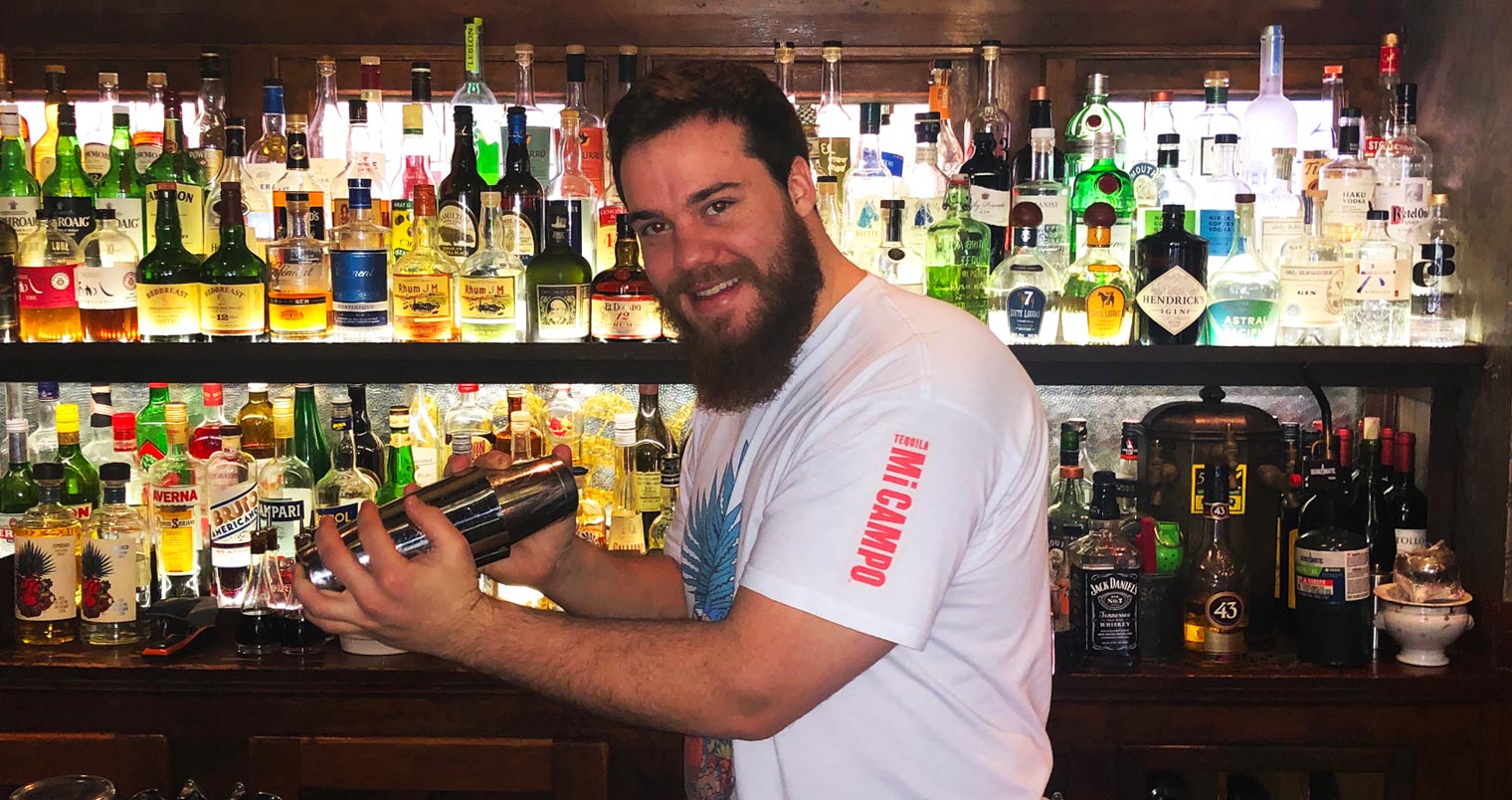




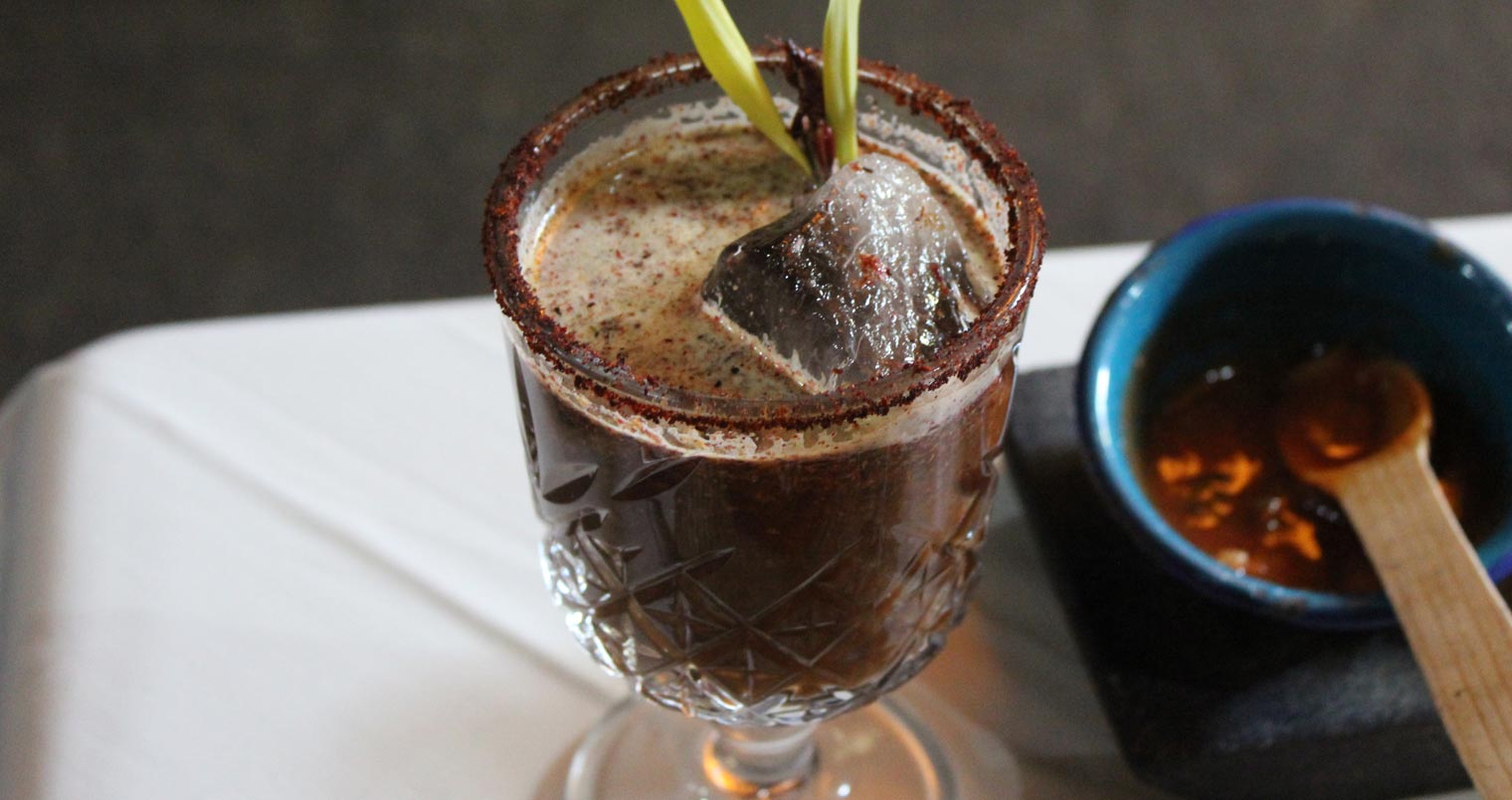











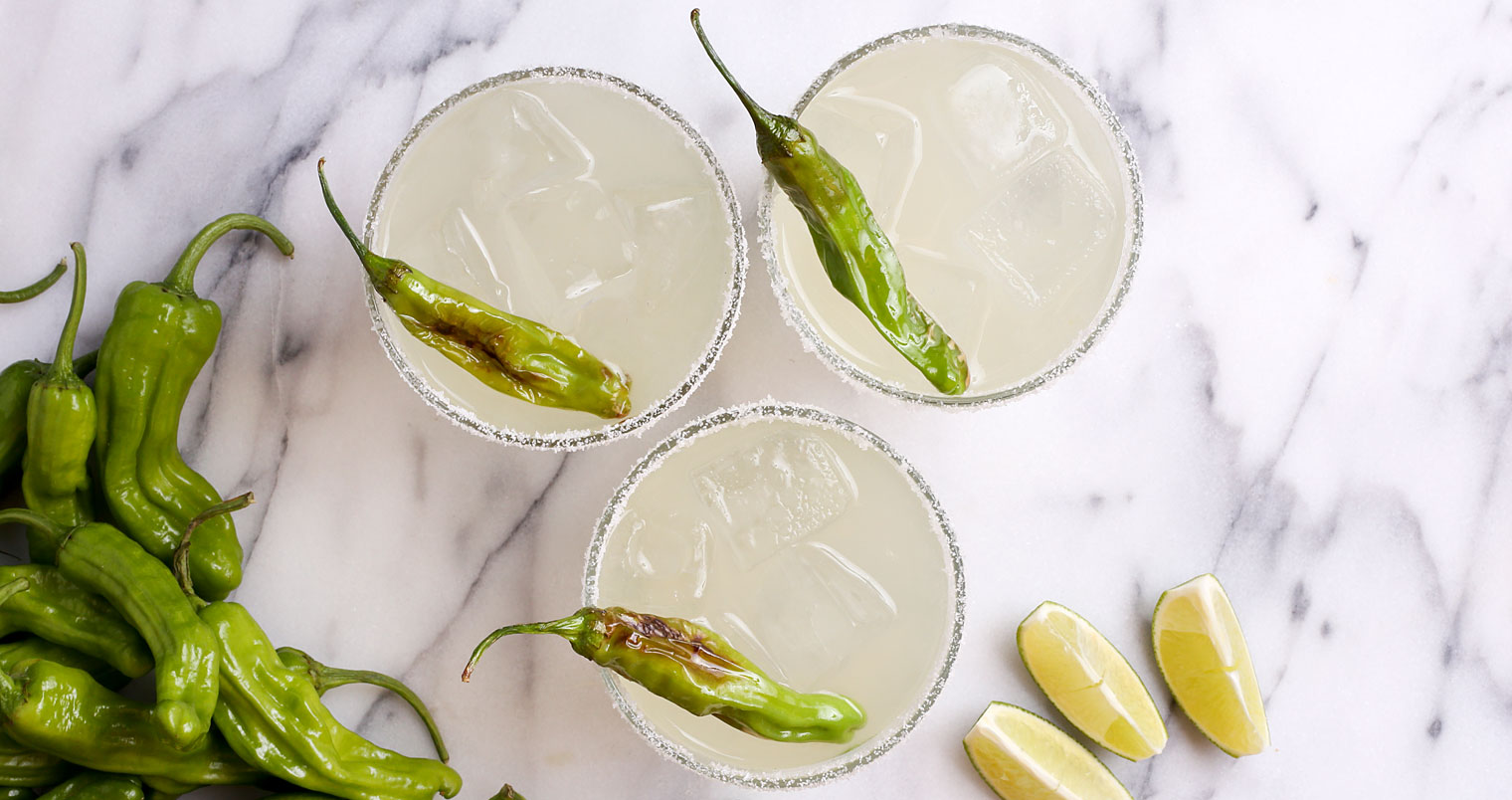








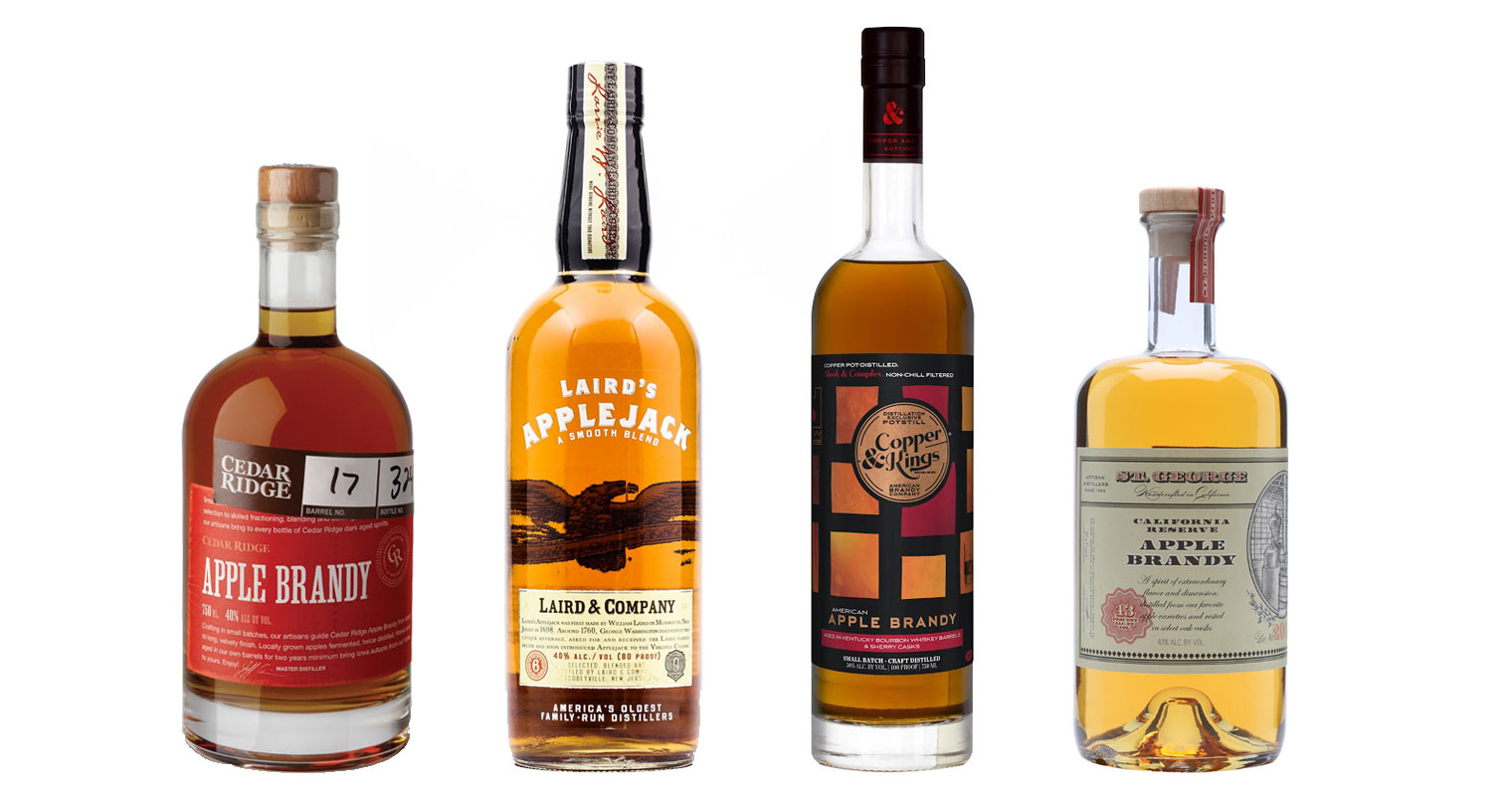





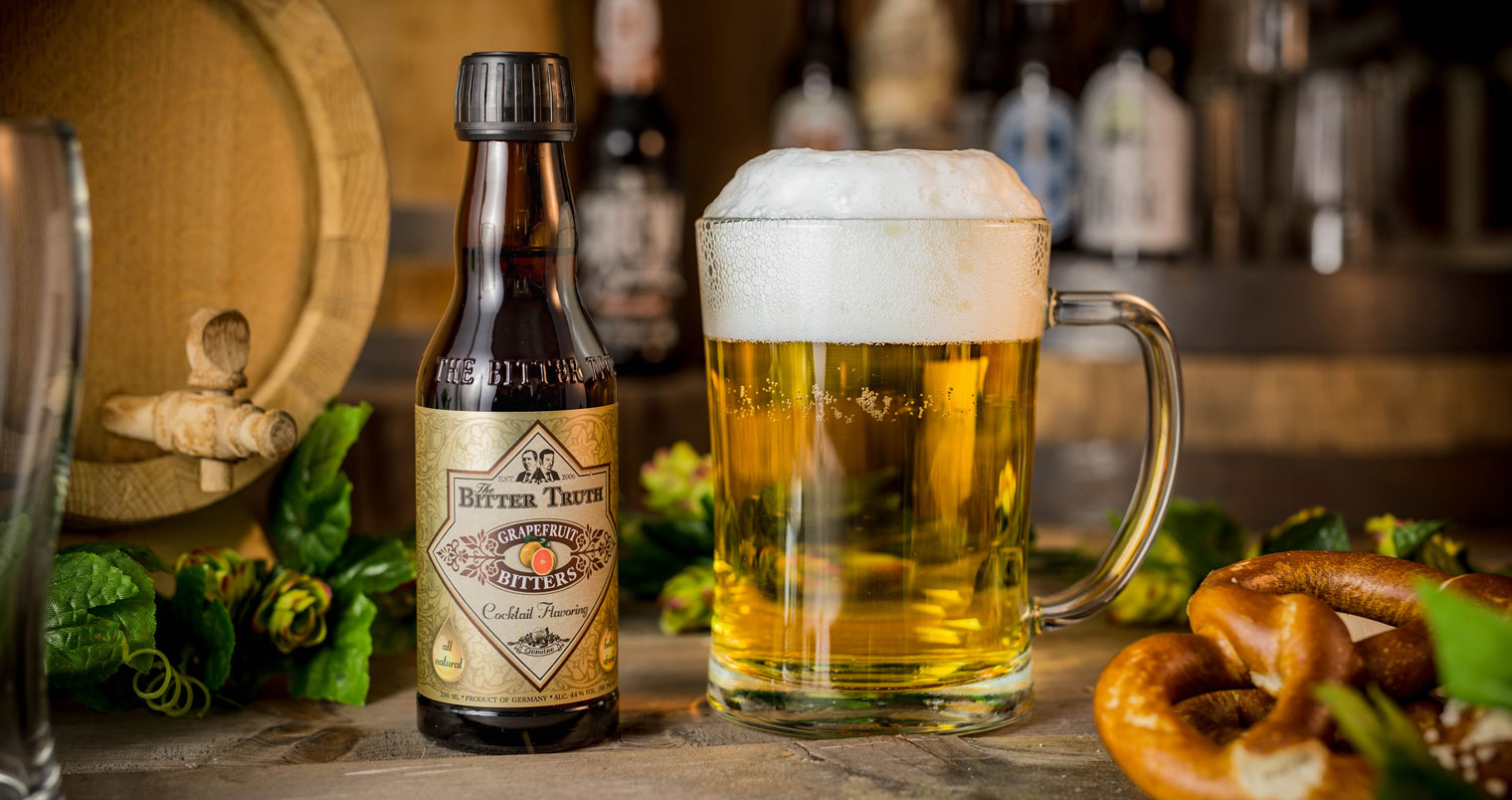



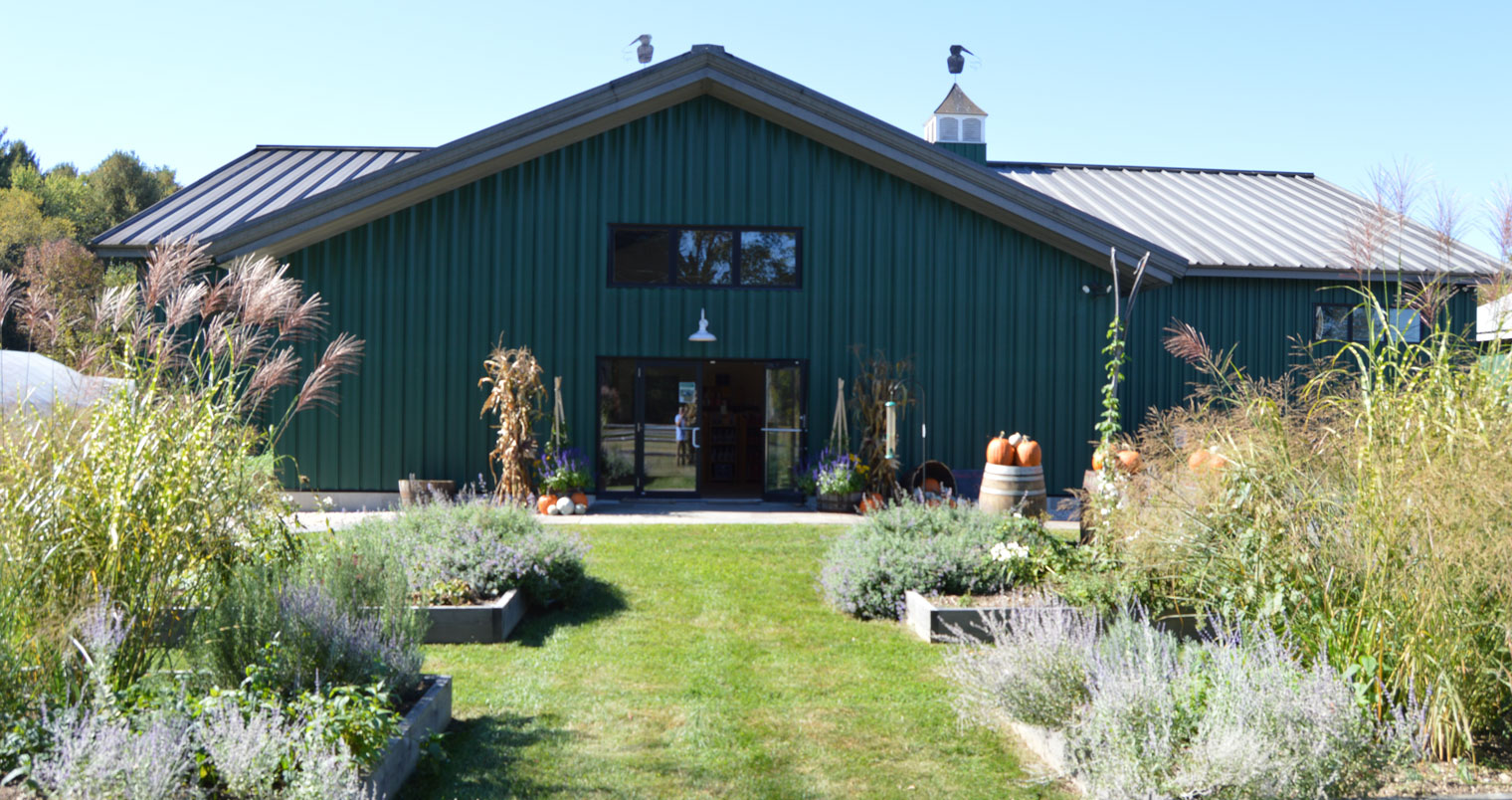





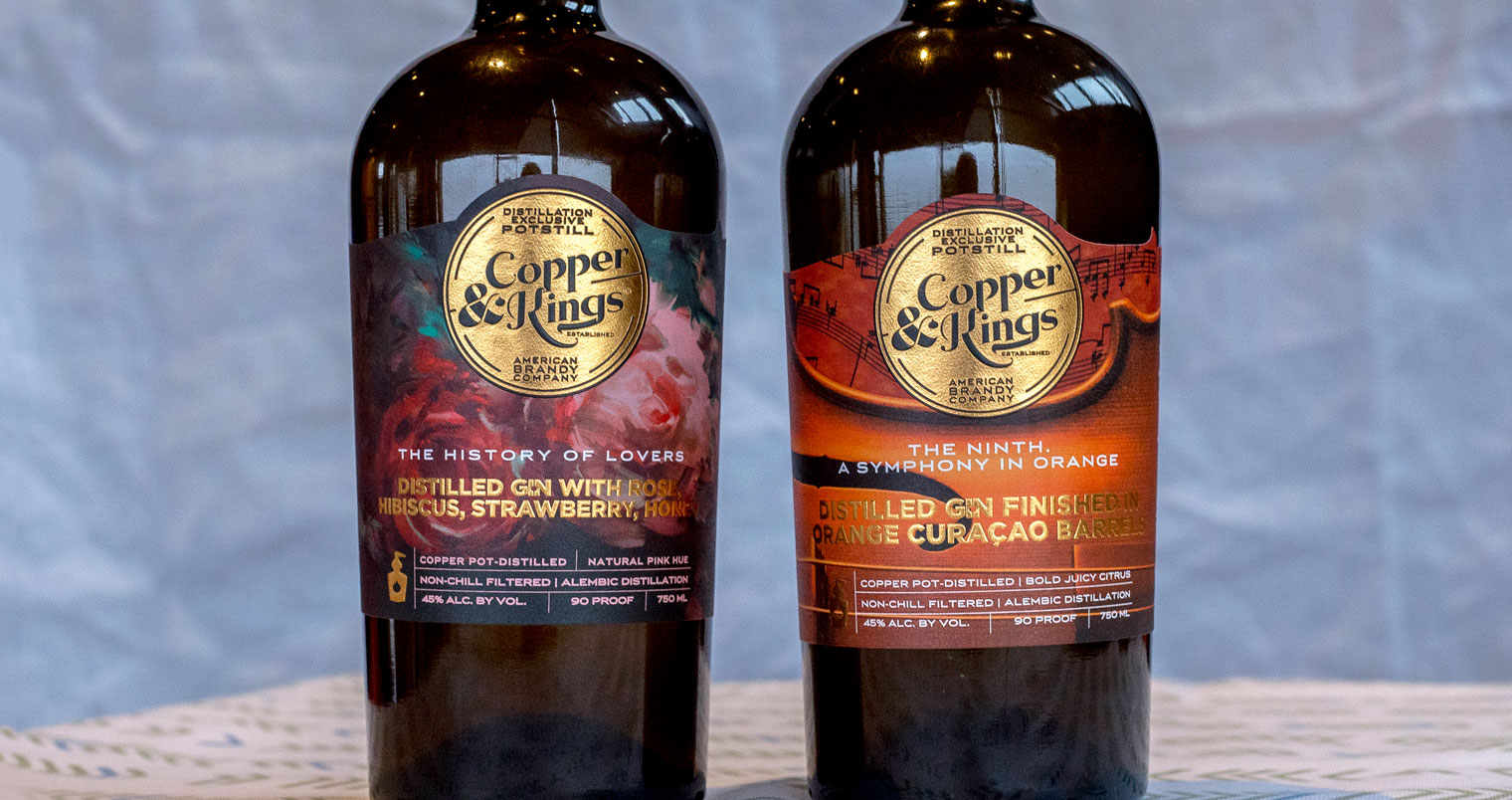


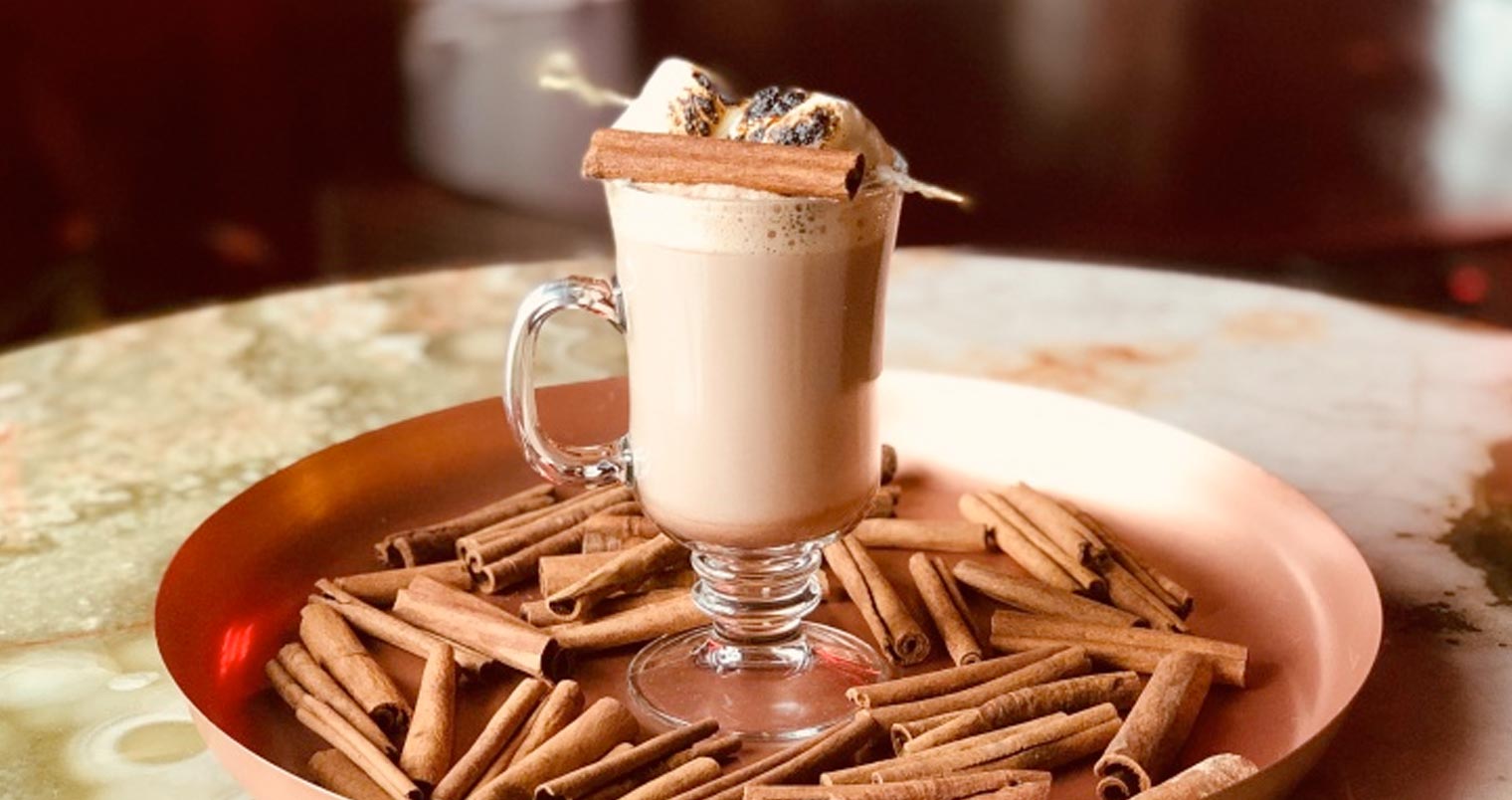




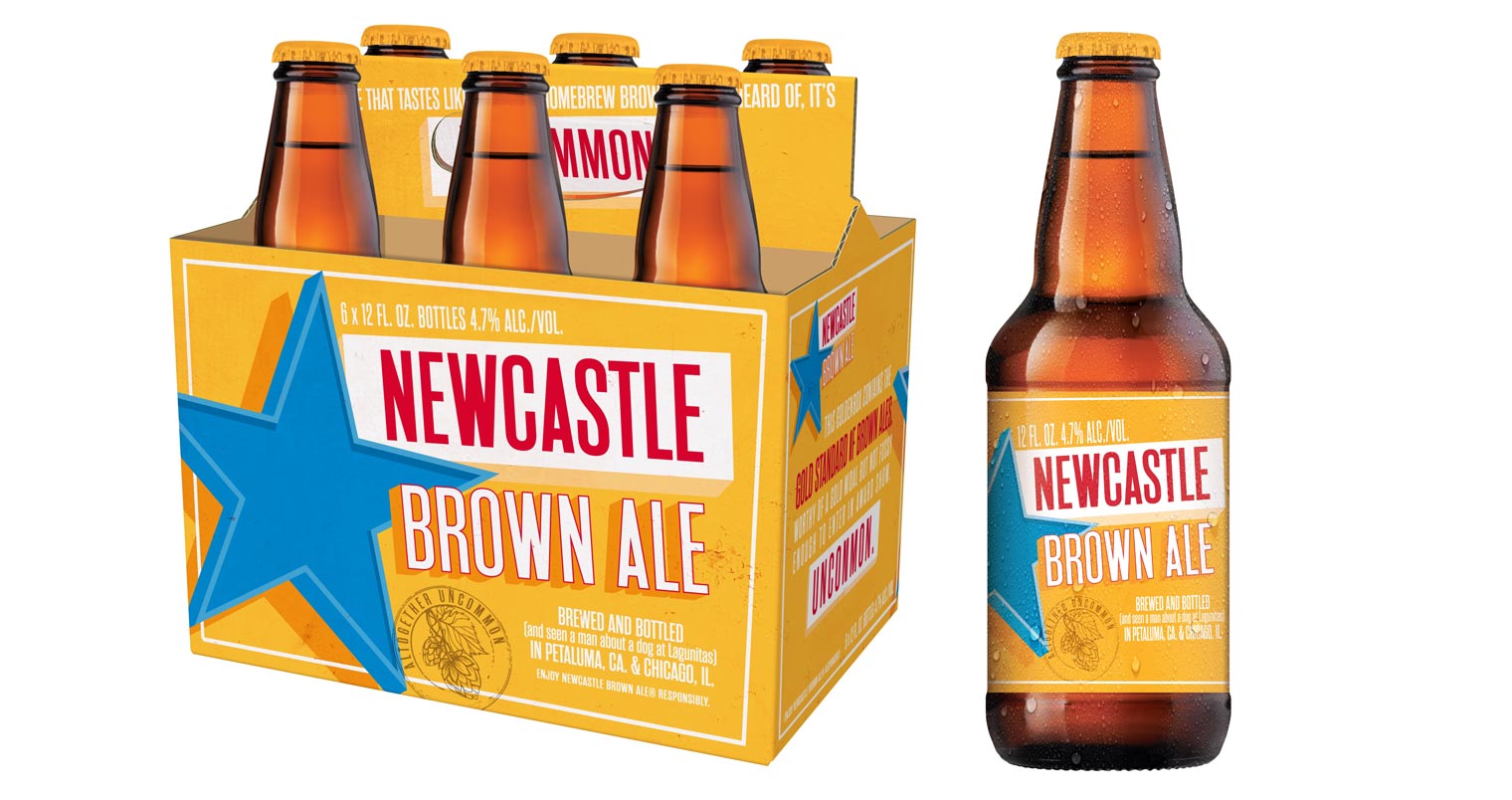



Recent Comments